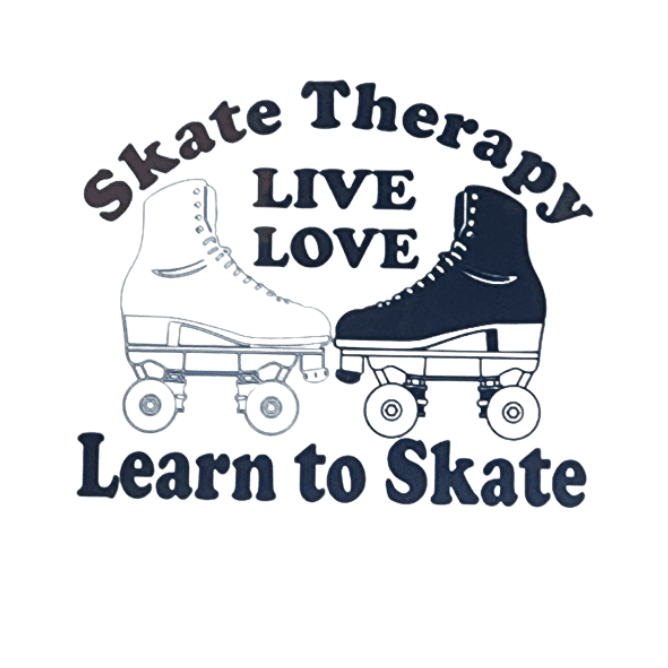
- ’Skate Therapy’ is a method of teaching individuals skate by helping them to understand the (4) pillars of learning to skate.1) body balance, 2) skate control, 3) skate movement & 4) stops.
The goal is to build self-confidence in the skater by helping the skater to think only about moving in their skates, and not think about falling. The goal of ‘Skate Therapy’ is to teach individuals to skate by learNing to skate to a cadence. We teach the to follow the bottom beats of music so they have a better understanding of how long they have to maintain balance on one skate before transferring their weight to step to the other skate. This method of teaching helps for a smooth transition while doing the basic fundamentals of Aims, Leans & Push-offs.🛼
Price List
Learn to Skate (TBA)
Learn to Skate (TBA)
Group Lessons
$20.00
Starting price, per person for 1hr. Up to 25 skaters max.
Private Lessons
$40.00
Starting price, per person for 1hr. Up to 25 skaters max.
Learn How To Roller Skate!

Proper Skating Carriage Position:
- Skates are side by side in a parallel position, about 3 or 4 inches apart.
Body Balance:
- Keep your knees slightly bent.
- Maintain a comfortably straight back.
- Keep your hands at your sides.
Standing Safely in Skates:
- To stand safely in your skates, place your heels together and interlock your wheels to prevent them from rolling forward or backward.
Balancing on One Leg (Leg Lift Exercise):
- Before putting on your skates, practice the 'Leg Lift' exercise to develop balance.
- While standing in the 'Proper Skating Carriage' position, lift one leg up one at a time and hold it up for at least 3 seconds, all while keeping your knees bent.
- Once you feel comfortable with your balance, it's time to proceed to skating.
Understanding Edges:
- Roller skates have 4 sets of edges: 2 sets of inside edges and 2 sets of outside edges.
- When referring to edges, we're talking about the sides of the wheels.
- Remember that you cannot move forward or backward in your skates without hitting an edge.
- To skate, you need to push off from the inside edge of the skate while rocking from left to right (similar to a duck walk).
- As you start skating, the skate touching the floor is called the 'employed skate,' while the skate lifted off the floor is called the 'free skate.'
- It's crucial not to lift your skates high off the floor while skating. Keeping them close to the floor provides better balance and smoothness.
- Later, you'll learn the basic technique for the toe stop.
Get Rolling With Skate Therapy
An email will be sent to the owner
